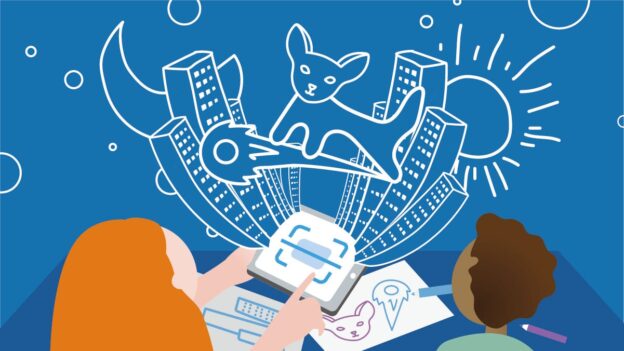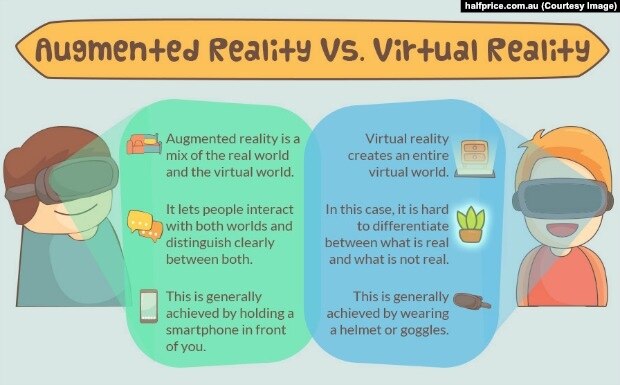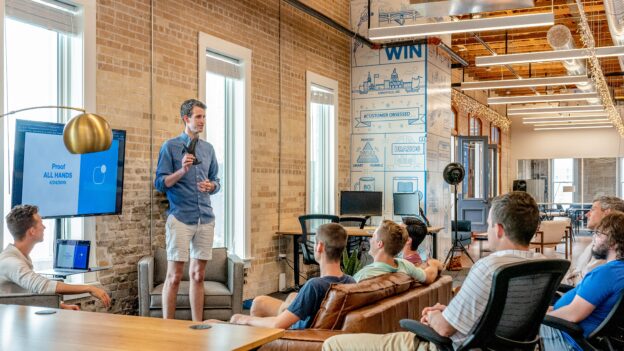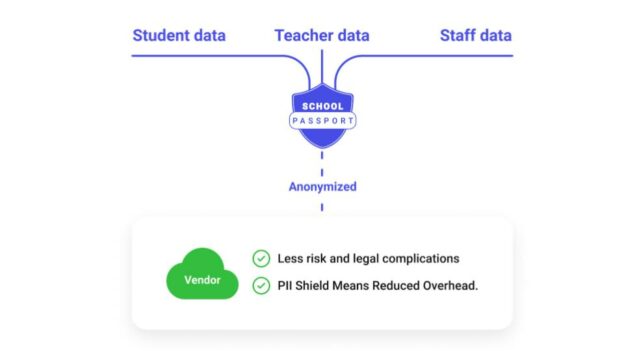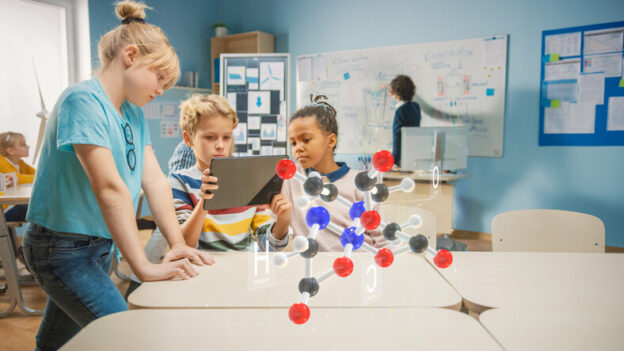Extending Device Life to Reduce E-Waste in K-12 Schools
As technology rapidly evolves, K-12 schools face mounting challenges – a growing mountain of electronic waste from frequently replaced devices and tightening budgets as pandemic relief funds are depleted. However, many districts are finding that prioritizing repair over replacement of laptops, tablets, and Chromebooks offers a sustainable solution that addresses both environmental and financial concerns.
Rather than continually purchasing new devices, schools are recognizing the environmental benefits of extending product life-cycles through comprehensive repair initiatives. At the same time, these programs deliver major cost savings that will become increasingly vital as districts brace for leaner operating budgets in the very near future. Amidst multiplying sustainability pressures, repair over replacement is emerging as a win-win solution for environmentally and fiscally conscious schools.
The E-Waste Epidemic
The disposal of electronic devices has emerged as one of the fastest-growing sources of waste globally. According to the EPA, over 416,000 mobile devices are discarded each day in the United States alone. When not properly recycled, e-waste can leach toxic substances like lead, mercury, and cadmium into the environment, contaminating soil and water sources.
For cash-strapped school districts, the financial burden of continuously purchasing new devices exacerbates the e-waste problem. A recent study found that the total cost of ownership for a new device, including procurement, maintenance, and disposal can reach over $1,000 per unit. With limited budgets, schools often opt for quicker replacements rather than repairing aging hardware – a short-term solution that perpetuates the e-waste cycle.
Breaking the Replacement Cycle
However, many experts argue that the “replace over repair” mindset stems from a myth of planned obsolescence perpetuated by device manufacturers to continually drive new sales.
“Districts often think devices have a 2-3 year lifecycle, but in reality we can generally ensure that’s at least 5 years or more with proper maintenance and the right upgrade path,” explains Tani Marinovich, of MicroReplay.
Experience backs up these claims. Reed, a technology director from a school district in Florida, saved over $100,000.00 by extending the lifecycle of many devices to 5 years in 2023. Such results have prompted a shift in how schools approach device lifecycles and upfront investments in repair capabilities.
Of course, taking on a vendor requires solid vetting. While repair services may seem like a commodity, time-to-repair, quality, and responsiveness are all essential to lifecycle management.
“Having worked for Apple for 10 years I know quality and dependability were key things to look for in a vendor. MicroReplay has gone above and beyond our expectations. I can always reach out and get a hold of someone to get the parts and repairs I need done fast! ”
Tightening School Budgets
The budget pressures facing many school districts also make the move towards repair programs an increasingly urgent priority.
Over the past two years, an influx of federal ESSER funds helped many schools fast-track technology investments and device procurement to support virtual and hybrid learning models during the pandemic. However, as those emergency relief funds begin drying up, schools now face the reality of maintaining extensive new device inventories with limited operating budgets.
According to EdTech Magazine, schools will need to “do more with less” when ESSER funding depletes in 2024. This fiscal crunch makes the cost-saving potential of repair programs all the more compelling as a means to delay major refresh cycles and stretch existing inventory longer.
“The end of ESSER brings us to a crossroads for schools to really double down on sustainability initiatives like repair programs,” continued Marinovich. “Those one-time funds may be gone, but strategies that reduce operating expenses will be essential for long-term fiscal health.”
Environmental and Economic Gains
Beyond reducing e-waste, prioritizing device repair in schools delivers sizable environmental benefits. Extending the lifecycle of a laptop by even just 1 year can reduce its annual carbon emissions footprint by up to 80 Kgs according to circularcomputing.com. Across an entire district, those reductions in greenhouse gas emissions quickly become substantial contributors to climate protection efforts.
The economic gains from device repair programs are also highly compelling for cash-strapped districts looking to maximize tight budgets. One analysis by Acer estimates K-12 schools can save between $300-$600 per device over a 5-year lifecycle through repair strategies compared to continually replacing aging hardware every 2-3 years. Those cost avoidances can quickly add up to millions of dollars in savings for large districts.
For schools balancing tight budgets with rising sustainability priorities, investing in comprehensive repair capabilities represents a win across all fronts. Not only do repair programs reduce operating expenses and environmental impact, but they cultivate valuable technical skills and environmental stewardship among students. As e-waste intensifies alongside economic pressures, repair over replacement is rapidly emerging as the smart solution for cash-strapped districts.


